The rich biodiversity of North America is a testament to the continent’s diverse ecosystems, ranging from the arid deserts of the Southwest to the lush rainforests of the Pacific Northwest. However, this natural treasure trove faces an unprecedented challenge as numerous species teeter on the brink of extinction. From iconic mammals to delicate flora, the battle to preserve endangered species in North America has become more pressing than ever.
In this comprehensive article, we will delve into the plight of some of the most threatened species, explore the causes behind their dwindling numbers, and highlight the crucial conservation efforts underway. Additionally, we will examine the importance of sustainable tourism and eco-friendly adventures worldwide, as well as the impact of zero-waste grocery stores and eco-friendly cleaning products on preserving our natural heritage.
The Majestic Grizzly Bear
Few animals capture the essence of North America’s untamed wilderness like the grizzly bear. These imposing creatures once roamed the vast expanses of the continent, but their numbers have dwindled significantly due to habitat loss, human encroachment, and hunting.
The grizzly bear population in the lower 48 states is estimated to be around 1,500, primarily concentrated in the Greater Yellowstone Ecosystem and the Northern Continental Divide Ecosystem. While their numbers have stabilized in recent years, thanks to conservation efforts, the threat of habitat fragmentation and human-wildlife conflicts continues to loom large.
Read Also: Unleashing Nature’s Magic: The Incredible Benefits of Composting Food Scraps and Reducing Waste
The Black-footed Ferret: A Struggle for Survival
Once thought to be extinct, the black-footed ferret is a testament to the resilience of nature and the dedication of conservationists. These small, charismatic creatures are intrinsically linked to the prairie dog colonies they call home, relying on them for food and shelter.
In the 1980s, a small population of black-footed ferrets was discovered in Wyoming, sparking an intensive captive breeding program. Today, their numbers have increased to around 300 in the wild, but their survival remains precarious due to habitat loss, disease, and the decline of prairie dog populations.
The Whooping Crane: A Majestic Comeback
The whooping crane is a true symbol of hope in the world of endangered species conservation. Standing tall at nearly 5 feet, these magnificent birds were once on the brink of extinction, with only 16 individuals remaining in the 1940s.
Through dedicated efforts, including captive breeding programs and habitat protection, the whooping crane population has slowly recovered. As of 2022, there are approximately 800 birds in the wild and captivity, a remarkable achievement in the face of daunting challenges.
Read Also: The Ultimate Guide to Upcycled Crafts for Adults: Unleash Your Creativity and Sustainability
Threats to Endangered Species in North America
The threats faced by endangered species in North America are multifaceted and often interconnected. Here are some of the primary factors contributing to their decline:
-
Habitat Loss and Fragmentation: Urban development, agriculture, and resource extraction have significantly reduced and fragmented the habitats of numerous species, disrupting their natural ecosystems and migratory patterns.
-
Climate Change: Rising temperatures, shifting precipitation patterns, and extreme weather events are altering ecosystems, making it difficult for some species to adapt and survive.
-
Pollution and Contaminants: Industrial activities, agricultural runoff, and plastic waste can contaminate water sources and food chains, posing serious health risks to vulnerable species.
-
Overexploitation: Unsustainable hunting, fishing, and poaching have decimated populations of various species, often driven by the demand for wildlife products or sport hunting.
-
Invasive Species: The introduction of non-native species can disrupt delicate ecosystems, outcompeting native species for resources and altering the ecological balance.
Conservation Efforts and Challenges
Protecting endangered species in North America requires a multifaceted approach, involving government agencies, non-profit organizations, scientists, and local communities. Here are some of the key conservation efforts underway:
-
Habitat Protection and Restoration: Establishing and expanding protected areas, such as national parks and wildlife refuges, is crucial for preserving habitats and preventing further fragmentation.
-
Captive Breeding and Reintroduction Programs: These programs aim to bolster populations of critically endangered species and reintroduce them into suitable habitats, as demonstrated by the success of the whooping crane recovery efforts.
-
Sustainable Practices: Promoting sustainable agriculture, forestry, and resource extraction can help mitigate the impacts of human activities on vulnerable species and their habitats.
-
Public Education and Awareness: Raising public awareness about the importance of biodiversity and the plight of endangered species is essential for garnering support and fostering responsible behavior.
-
International Cooperation: Many species transcend national borders, necessitating international cooperation and coordinated conservation strategies across North America.
Despite these efforts, significant challenges remain, including limited funding, conflicting interests, and the complexity of balancing conservation goals with economic development and human needs.
Comparison Table: Conservation Status of Selected Endangered Species in North America
| Species | Conservation Status | Population Estimate | Primary Threats |
|---|---|---|---|
| Grizzly Bear | Threatened | ~1,500 in the lower 48 states | Habitat loss, human-wildlife conflicts |
| Black-footed Ferret | Endangered | ~300 in the wild | Habitat loss, disease, prairie dog decline |
| Whooping Crane | Endangered | ~800 in the wild and captivity | Habitat loss, hunting, power line collisions |
| Florida Panther | Endangered | ~120-230 in the wild | Habitat loss, vehicle collisions, inbreeding |
| Kemp’s Ridley Sea Turtle | Critically Endangered | ~25,000 nesting females | Bycatch, coastal development, pollution |
The Way Forward: Sustainable Living and Eco-Consciousness
Protecting endangered species in North America requires a collective effort from individuals, communities, and governments. By embracing sustainable practices and eco-conscious lifestyles, we can reduce our environmental footprint and contribute to the preservation of these precious species.
One way to make a difference is by supporting zero-waste grocery stores and eco-friendly cleaning products, which can help minimize waste and reduce the impact of harmful chemicals on ecosystems. Additionally, embracing sustainable adventures worldwide and supporting eco-tourism initiatives can raise awareness and generate revenue for conservation efforts.
Furthermore, simple actions like composting food scraps, reducing plastic consumption, and supporting upcycled crafts can have a significant impact on preserving the natural habitats of endangered species.

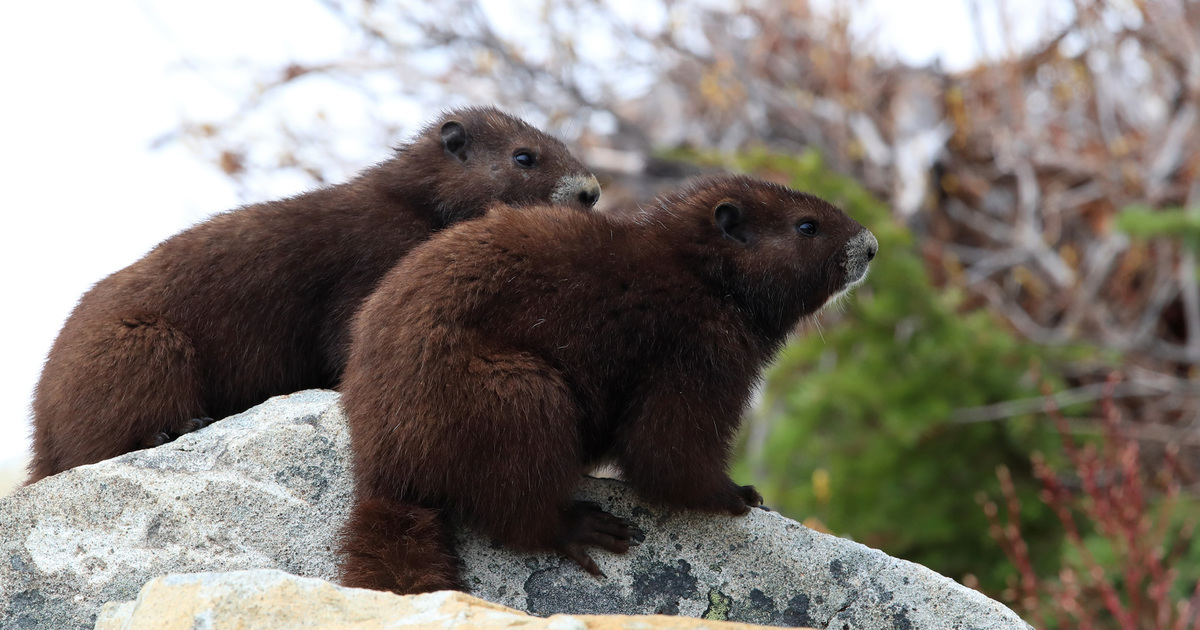

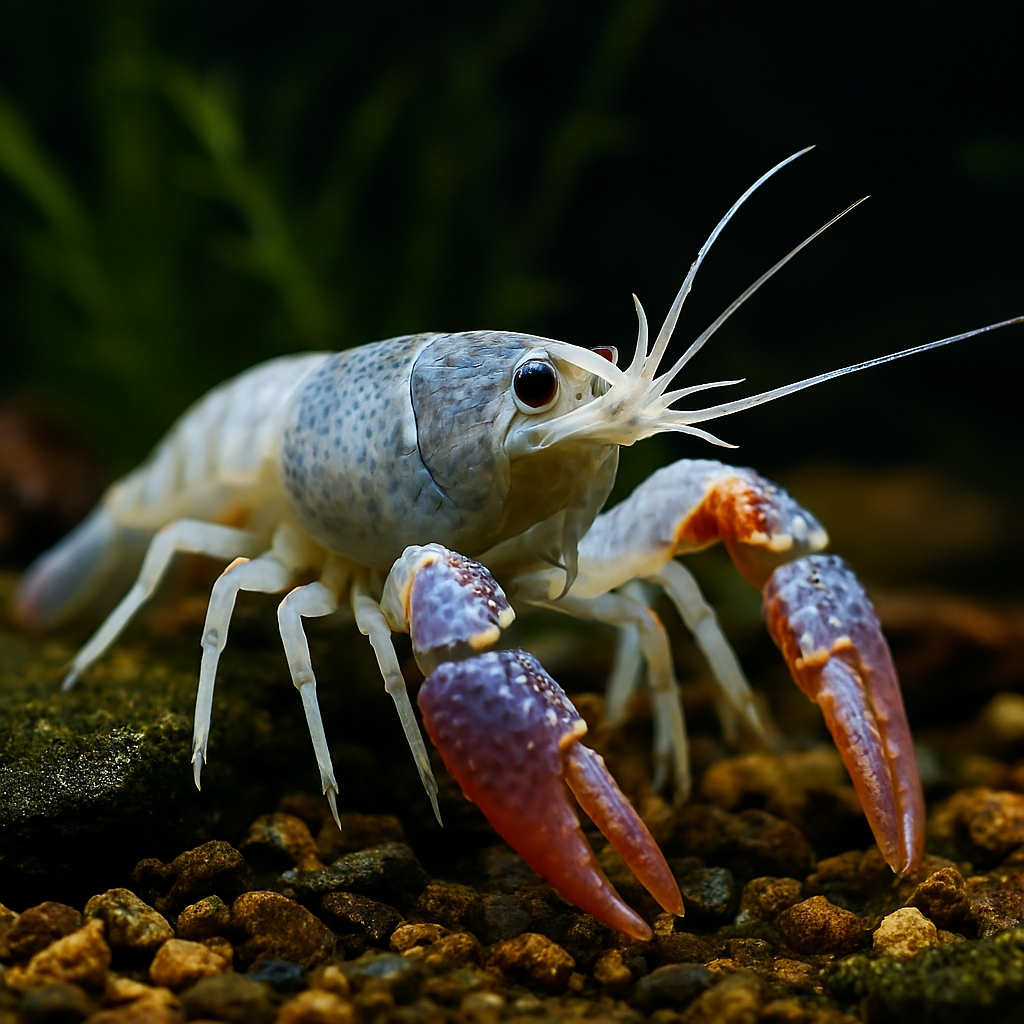
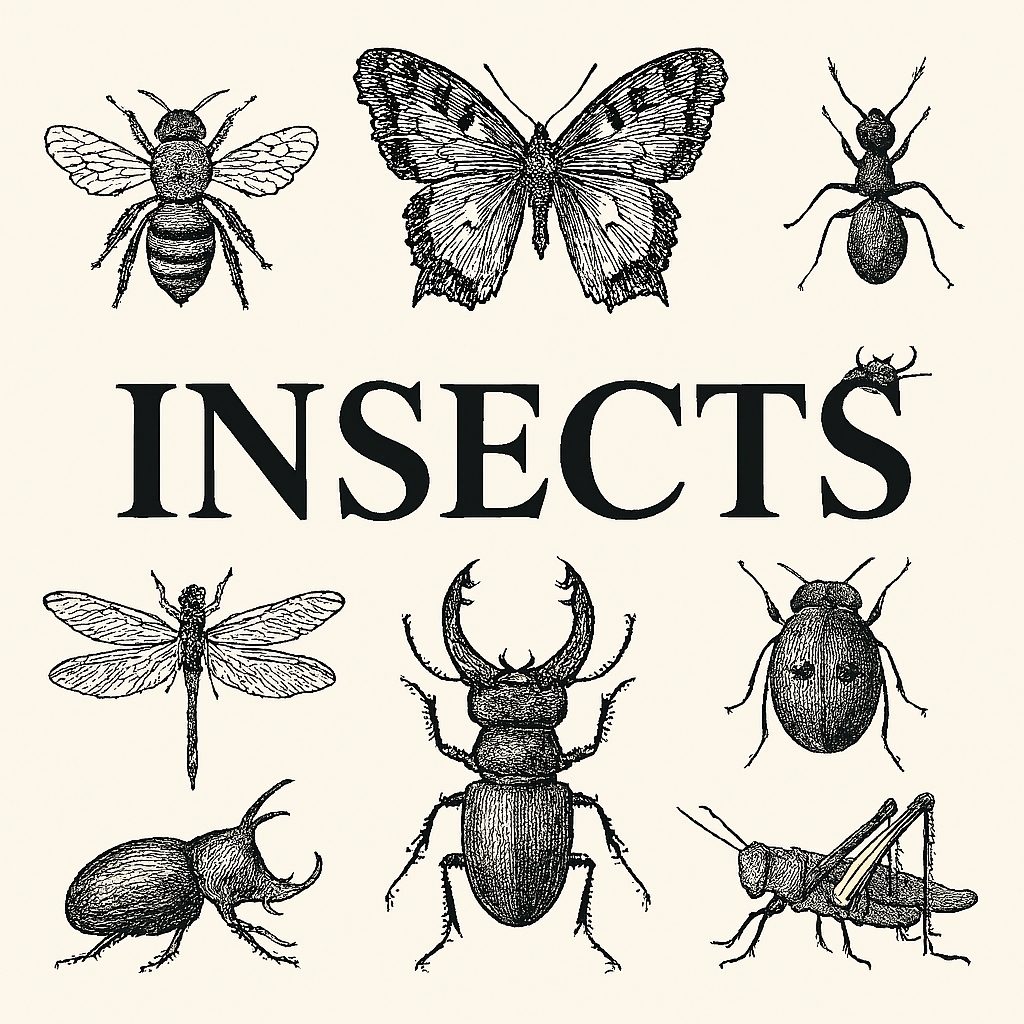







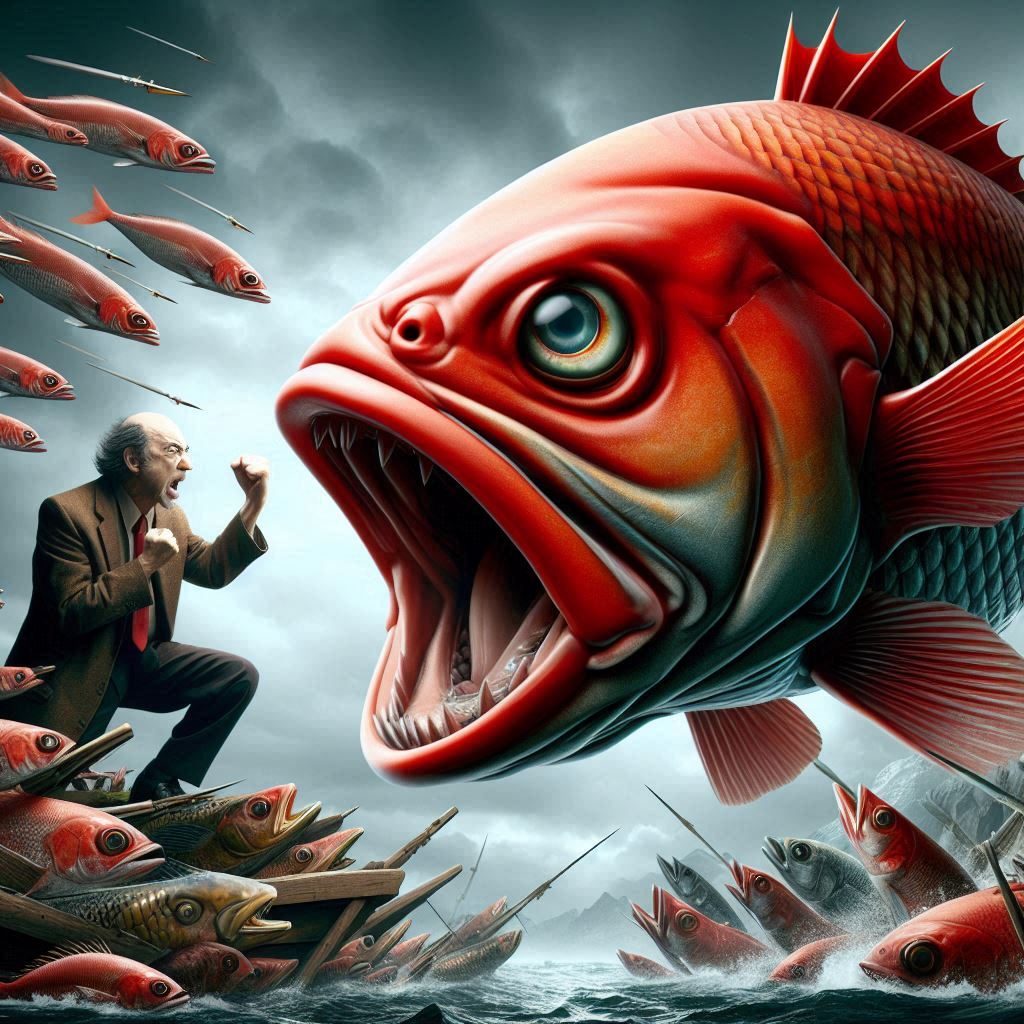
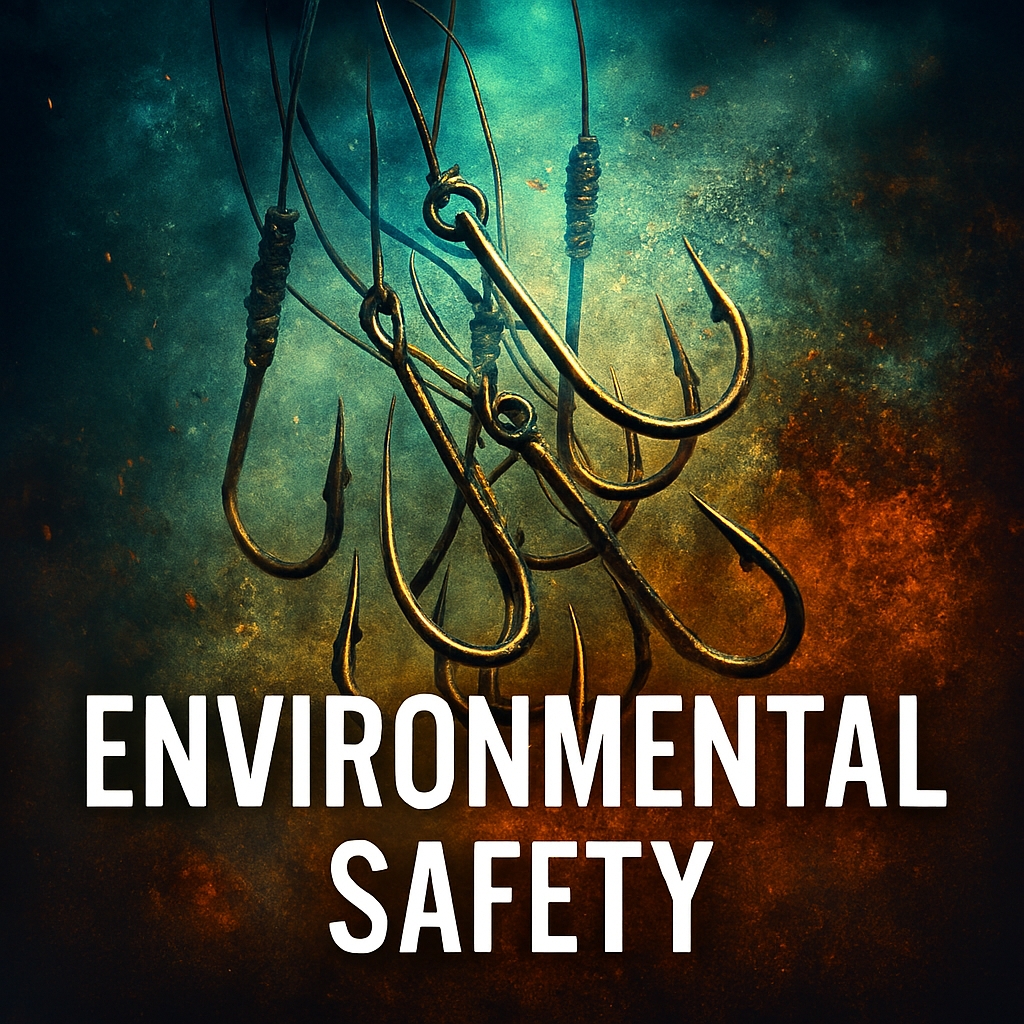



Starting a Community Garden: Bringing People Together through Nature | EcoReef.co
[…] Read Also: Endangered Species in North America: A Race Against Time […]